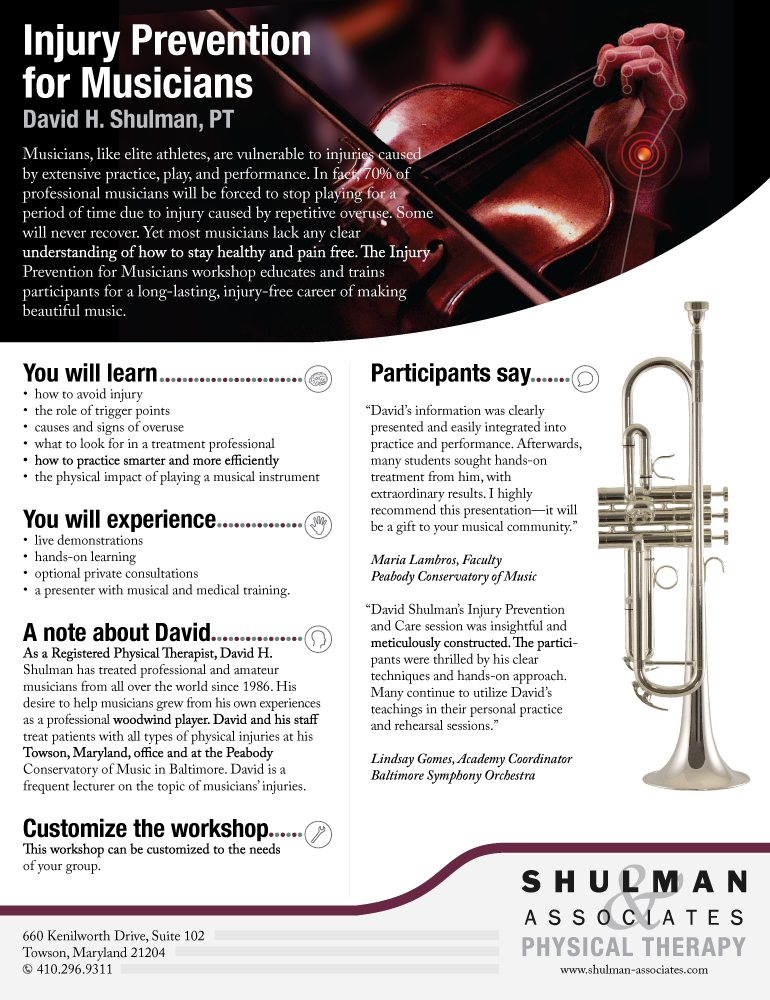Where Comics Means Business
A marketing message gets turned into a memorable comic

A marketing message gets turned into a memorable comic
Make your website secure and improve your Google ranking by installing an SSL certificate.

A niche-targeted website attracts specifically those prospective customers

Promoting pain-free performance for musicians—with a personal touch

How important is it to obsess about your brand?

Our six-word story challenge was a blast, but it was also a smart business move.
5 things analytics teach you and what to do about them

Help for business owners who need to develop website content

Create a strong core of relationships in the age of online social networking

How one of our clients teaches us to listen and respond by speaking his mindshare